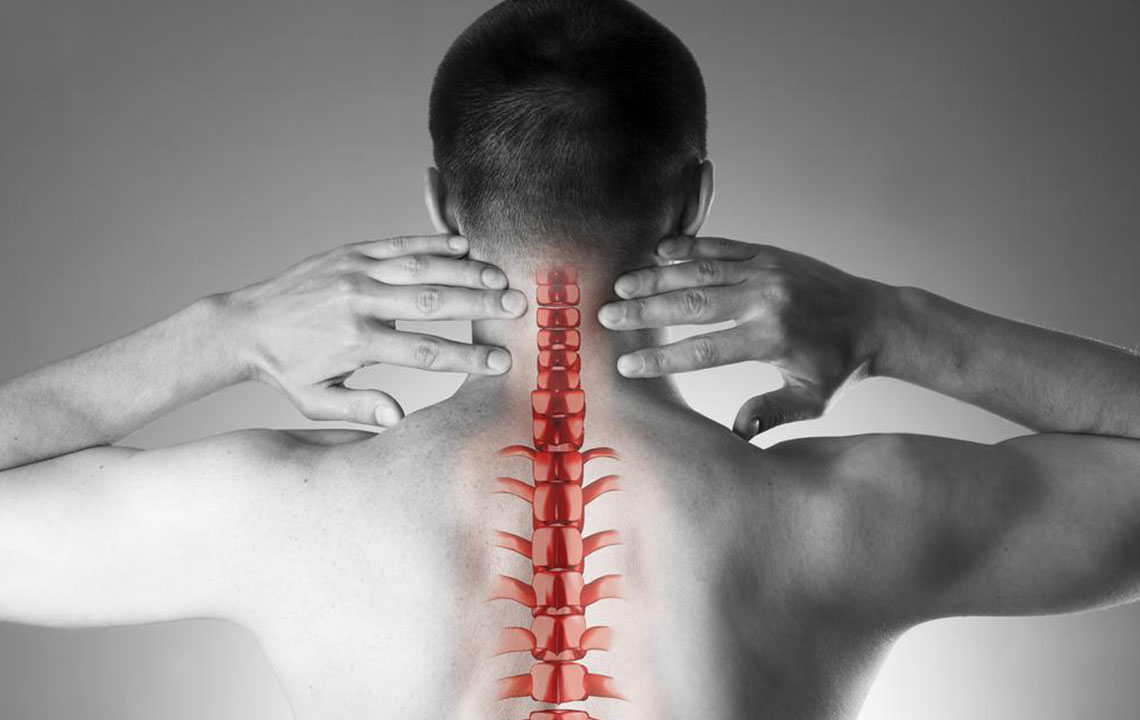Cutting-Edge Minimally Invasive Treatments for Spinal Stenosis Relief
Discover the latest advancements in minimally invasive treatments for spinal stenosis. This comprehensive guide covers surgical options like decompression and stabilization procedures, highlighting their benefits such as faster recovery, fewer complications, and improved quality of life. Learn how innovative laser spine techniques are transforming patient care for those suffering from nerve compression in the spinal canal.

Advances in Minimally Invasive Procedures for Managing Spinal Stenosis
Spinal stenosis is a degenerative condition characterized by the narrowing of the spinal canal, which leads to compression of the spinal cord and nerves. This medical issue predominantly affects the lumbar (lower back) and cervical (neck) regions, causing a range of symptoms that can significantly impair an individual's quality of life.
While early or mild cases of spinal stenosis can often be effectively managed through conservative methods such as targeted physical therapy, stretching routines, and non-invasive exercises, more severe cases often necessitate advanced medical interventions. Among these, laser spine procedures and other minimally invasive surgeries have gained popularity due to their effectiveness, safety profiles, and quicker recovery times.
If untreated, spinal stenosis can lead to persistent pain, numbness, weakness, and reduced mobility, sometimes resulting in difficulty walking or performing daily activities. Such symptoms often radiate from the neck or lower back into the shoulders, arms, hips, legs, and feet, complicating life further.
Patients with spinal stenosis might experience a variety of symptoms, including numbness, tingling sensations, muscle weakness, and difficulty with mobility. These symptoms can severely restrict one’s ability to walk, sit comfortably, or lean backward without discomfort.
In recent years, many specialized treatment centers and clinics, such as laser spine institutes, have embraced minimally invasive surgical techniques as the preferred alternative to traditional open-back approaches. These innovative procedures typically result in fewer complications, minimal scarring, shorter hospital stays, and rapid recovery times—leading to higher levels of patient satisfaction and better overall outcomes.
Various Types of Minimally Invasive Treatments for Spinal Stenosis
Two primary minimally invasive surgical options are available for addressing spinal stenosis: decompression surgery and stabilization surgery.
The specific choice between these procedures depends on the underlying cause and severity of the stenosis. Decompression surgery involves removing parts of discs, vertebrae, or bony overgrowths that are pressing into the spinal canal, thus relieving nerve compression and alleviating pain.
For more severe cases, procedures such as transforaminal lumbar interbody fusion (TLIF) or anterior cervical discectomy fusion (ACDF) are employed. These surgeries involve the complete removal of the problematic disc material and the insertion of specialized implants to stabilize the affected segment of the spine, preventing further narrowing or recurrence of nerve compression.
Stabilization surgeries focus on providing structural support to the spinal vertebrae after decompression. This is achieved by securing implants that support the spine and fill the space left after disc removal. The goal is to create a stable, supported spinal segment that minimizes the risk of future stenosis and preserves mobility.
Overall, minimally invasive spinal stenosis treatments offer significant advantages over traditional open surgeries, including reduced tissue trauma, less postoperative pain, quicker recovery, and an increased likelihood of long-term symptom relief.





